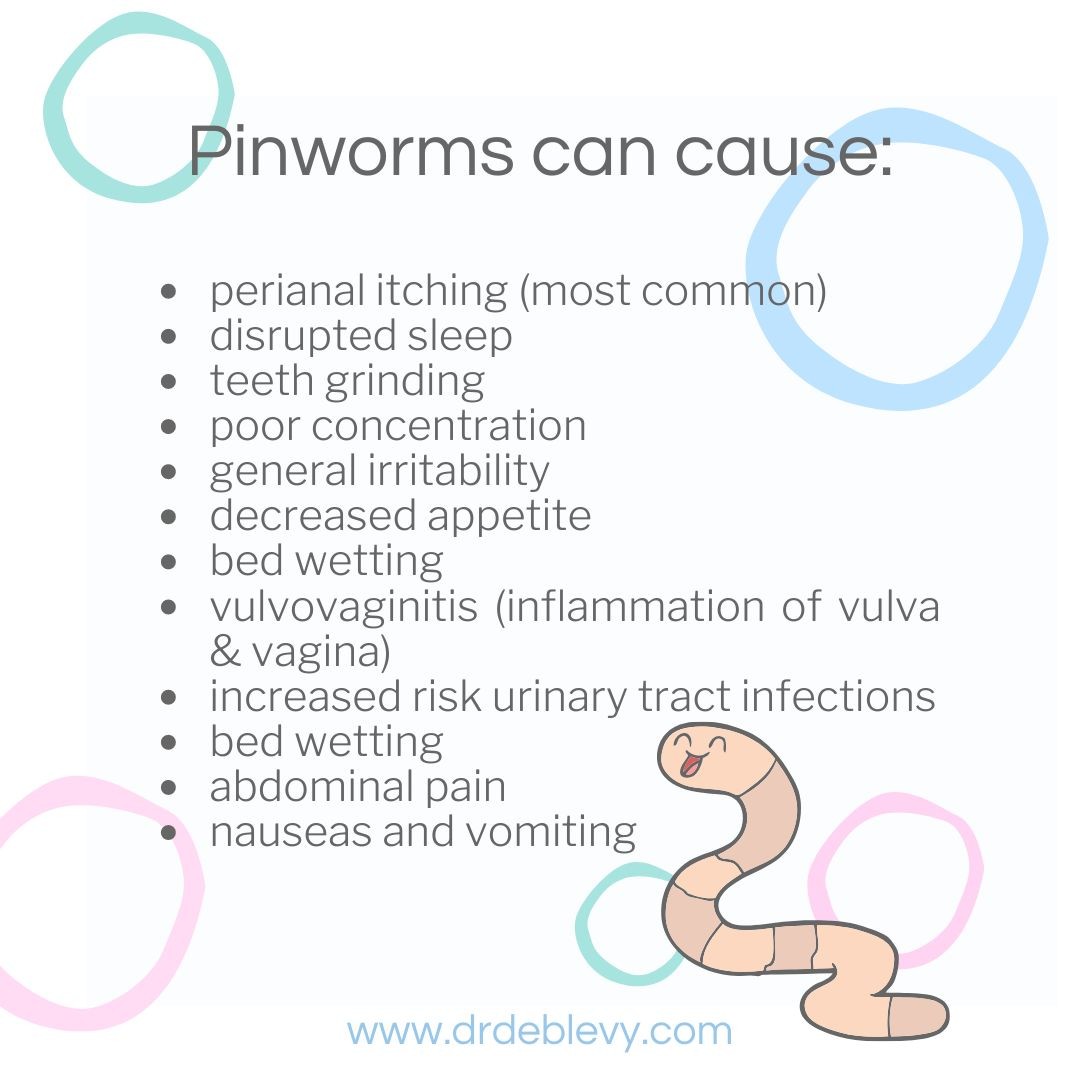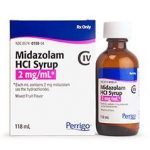
Contents
- 1 Pinworms in Children and Adults
- 1.0.1 How do you get pinworms?
- 1.0.2 Who gets pinworms?
- 1.0.3 What are the signs and symptoms of pinworms in children and adults?
- 1.0.4 What do pinworms and their eggs look like (pinworm pictures)?
- 1.0.5 Can you get pinworms in the vagina?
- 1.0.6 Which specialties of doctors diagnose and treat pinworms?
- 1.0.7 How is the tape test used in diagnosing pinworms?
- 1.0.8 What are treatment options and medications for pinworms?
- 1.0.9 Are there natural or home remedies that treat pinworms?
- 1.0.10 What happens if pinworms aren’t treated?
- 1.0.11 Is it possible to prevent pinworms?
Pinworms in Children and Adults
Pinworm infection is an infection of the large intestine and anal area by a small, white parasite that resembles a "worm." The medical name for the parasite is Enterobius vermicularis, but it is commonly termed a pinworm in both the lay and medical literature. These parasites are also termed seatworms or threadworms, and the infections are medically termed enterobiasis, oxyuriasis, or helminthiasis.
- Pinworms and other helminthic parasitic worms (which, as a group, are termed helminths) feed off of the host animal by adsorbing nutrients.
- Pinworms are the most common helminth infection in the US. They only infect humans.
- Dogs, cats, or other animals cannot become infected.
How do you get pinworms?
Pinworm infection is spread from person to person. The symptoms are caused by the female pinworm moving and laying her eggs, usually at night. Within a few hours of being deposited on the skin around the anus, pinworm eggs become infective.
They can survive up to two weeks on night clothes, bed linen, or other objects. Infection is acquired when these eggs are accidentally swallowed, usually due to inadequate handwashing. However, eggs on objects touched while still viable can cause infection or reinfection.
Who gets pinworms?
Pinworms are the most common parasitic worm infection in the United States, mainly in children.
Pinworms in children
The highest rates of infection occur in school-age children, followed by preschoolers. Institutional settings like daycare facilities often have multiple individuals with pinworm infections.
Pinworms in adults
Pinworm infection often occurs in more than one family member. Adults are less likely to have pinworm infection, except for mothers of infected children. Adult sexual partners can transfer the eggs to each other. Pinworms can also infect the vagina and urethra.
What are the signs and symptoms of pinworms in children and adults?
If symptoms are present, they are similar in both children and adults.
The signs and symptoms may include:
- Intense (pruritus) around the anus and/or vagina
- Discomfort in the anal and/or vaginal area
- Rash or skin irritation around the anus or vagina
- Insomnia or difficulty sleeping and/or restlessness due to irritation of the skin
- Pinworms often can be seen on the anal skin or in the stools, sometimes detected in the vagina, and may produce vaginal discharge
Less common symptoms include:
- Abdominal pain
- Secondary bacterial infections from intense skin scratching
- Infrequent infection of the ureters and/or bladder may cause dysuria or bladder discomfort
Many infected individuals have few or no symptoms, but severe infections can cause more severe symptoms.
What do pinworms and their eggs look like (pinworm pictures)?
The pinworms are white and can be seen with the naked eye. The eggs that are laid by the female worms are not visible as they are translucent.
The male and female worms live within the rectum of humans and have a life cycle that involves rectal/oral transmission.
While an infected person is asleep, female pinworms leave the intestines through the anus and deposit eggs on the skin around the anus. This causes itching and irritation of the surrounding area; children especially will scratch the rectal/anal area, get eggs on their fingers or underneath their fingernails and transport the infective eggs to bedding, toys, other humans, or back to themselves. The eggs hatch into larval forms in the small intestines and then progress to the large intestine where they mature, mate, and progress to the rectal/anal area where females deposit about 10,000-15,000 eggs.
Figure 1: Picture of pinworm and pinworm eggs (magnified); image courtesy of CDC.gov
Can you get pinworms in the vagina?
Yes, pinworms can infect the vagina (about 20% of infected girls). Infrequently, the pinworms can go on to infect the Fallopian tubes and other structures.
QUESTION
Which specialties of doctors diagnose and treat pinworms?
The majority of pinworm-infected patients can be treated by primary care or pediatric physicians. Rarely, other specialists like infectious disease specialists, parasitologists, OB/GYNs, gastroenterologists, or dermatologists may be consulted.
How is the tape test used in diagnosing pinworms?
If pinworms are suspected, transparent adhesive tape or a pinworm paddle are applied to the anal region. The eggs (and sometimes the parasites themselves) adhere to the sticky tape or paddle and are identified by examination under a microscope. The test is sometimes referred to as "the Tape Test."
The test should be done as soon as the affected individual wakes up in the morning. The exam may require several samples for diagnosis. Samples taken from under the fingernails may also contain eggs.
At night, the adult worms can sometimes be seen directly in bedclothes or around the anal area: this is another good time to detect the parasites with the transparent adhesive tape method.
What are treatment options and medications for pinworms?
Medications to get rid of pinworms include:
- Mebendazole (Vermox) is commonly used as pinworm medicine. It may be repeated if the infection persists. Some clinicians recommend a treatment protocol with three doses of the drug. Vermox has been discontinued in the U.S., but stocks are still available in some pharmacies.
- Albendazole (Albenza) is another effective medication, but it may require other medications to reduce side effects.
- Pyrantel pamoate (Pin-Rid, Pin-X) is available over the counter for pinworms after confirmation of the diagnosis by a licensed healthcare practitioner. Pyrantel is the treatment of choice for pregnant women.
- Combination therapy with oral mebendazole (Vermox) and ivermectin (Stromectol) may be required for pinworms affecting urinary and genital organs.
Most pinworm infections are treated at home with the above medications. Reinfection is fairly common, so preventive measures should be taken.
Pinworm infections can be cured, usually by three doses of medication, each three weeks apart. Follow-up with a doctor is encouraged to ensure treatment effectiveness.
Are there natural or home remedies that treat pinworms?
There are many natural and home remedies for pinworms, although there is a lack of data to support claims.
Some suggested remedies include garlic, coconut, grapefruit seed extract, grated carrots, onion juice, pumpkin seeds, and wormwood extract. Check with a doctor before using these remedies.
What happens if pinworms aren’t treated?
Untreated pinworms may cause or have a role in causing diarrhea, malabsorption of food, weight loss, genital itching, bedwetting, pain during urination, vaginal discharge, and other complications like endometriosis, salpingitis, urethritis, urinary tract infection, vulvovaginitis, and appendicitis.
Is it possible to prevent pinworms?
Good hygiene, including handwashing and cleaning under the fingernails, will help reduce the spread of the parasites. Changing and washing clothes in hot water, treating everyone infected in a household at the same time, and taking precautions to prevent spread and reinfection are also recommended.
By clicking Submit, I agree to the MedicineNet’s Terms & Conditions & Privacy Policy and understand that I may opt out of MedicineNet’s subscriptions at any time.
By clicking Submit, I agree to the MedicineNet’s Terms & Conditions & Privacy Policy and understand that I may opt out of MedicineNet’s subscriptions at any time.

